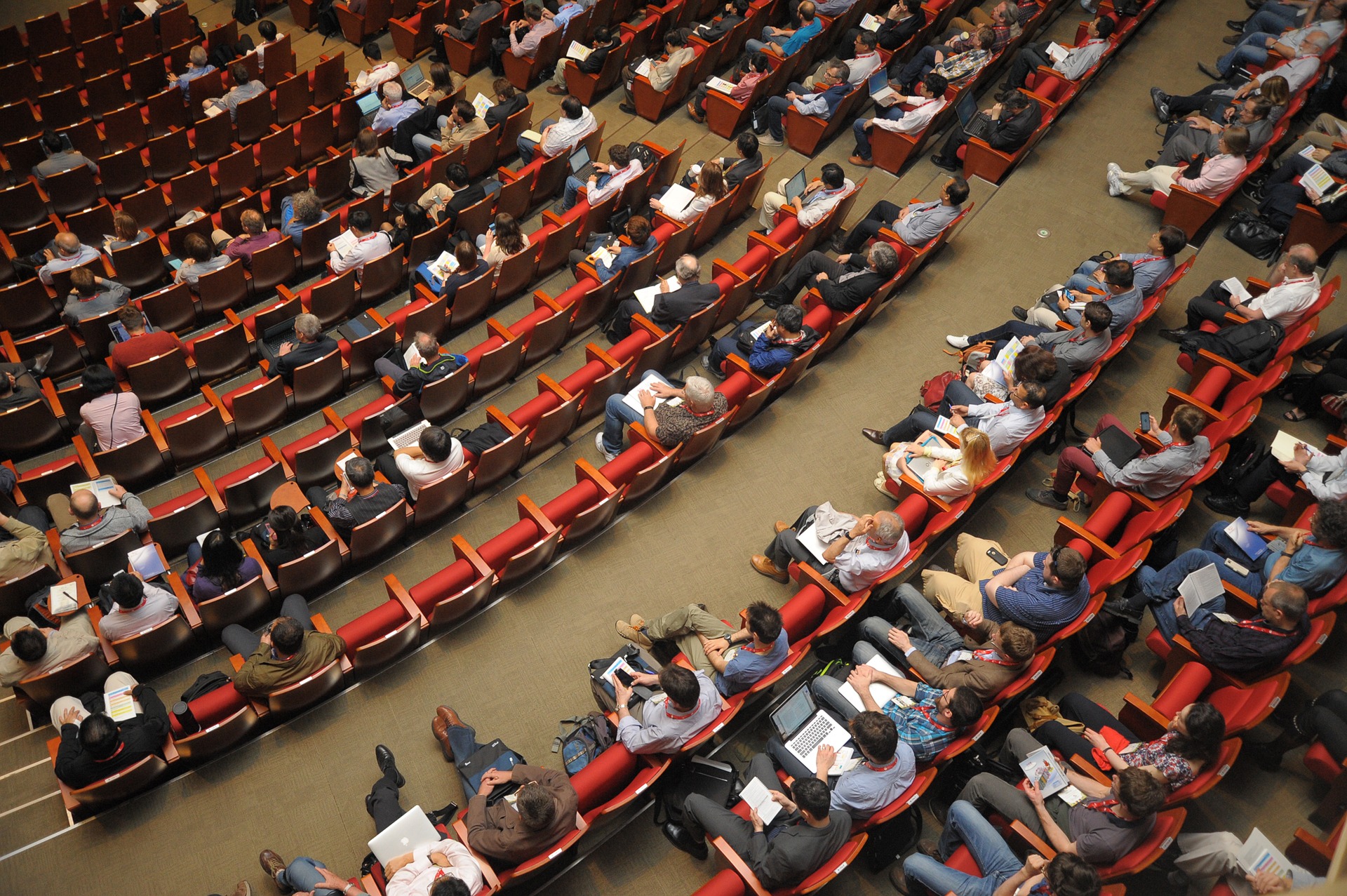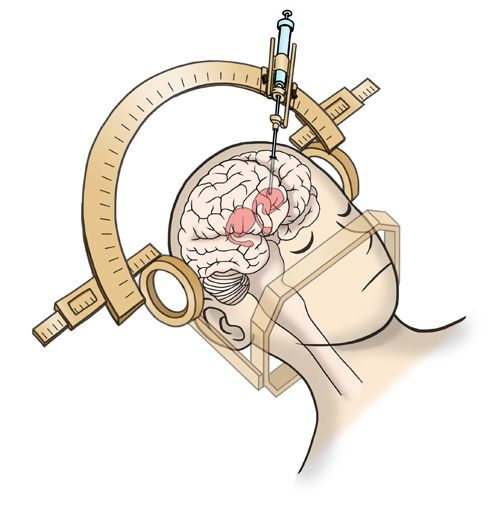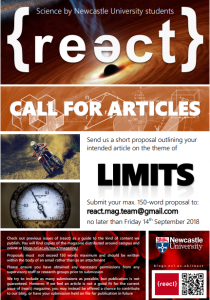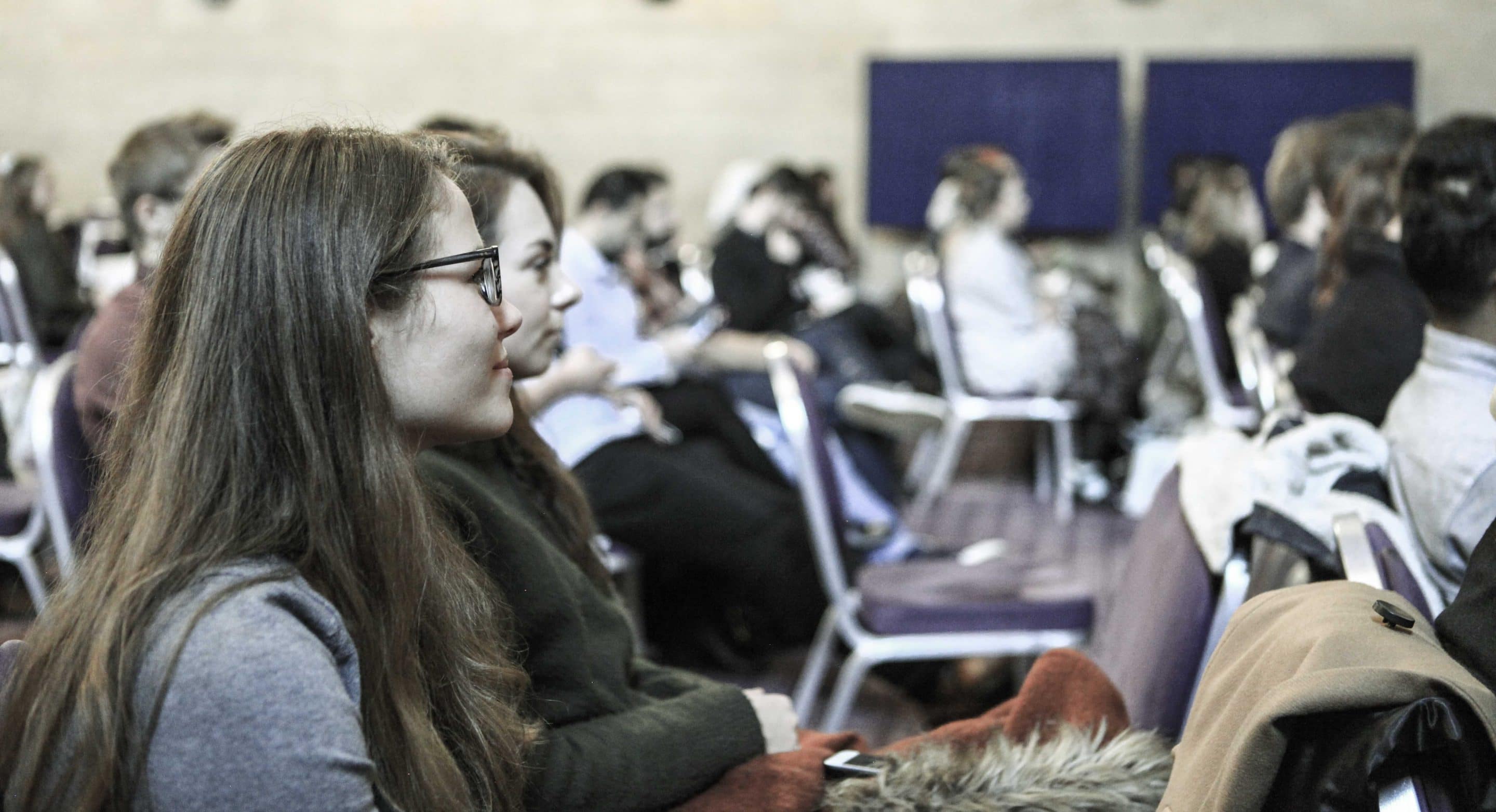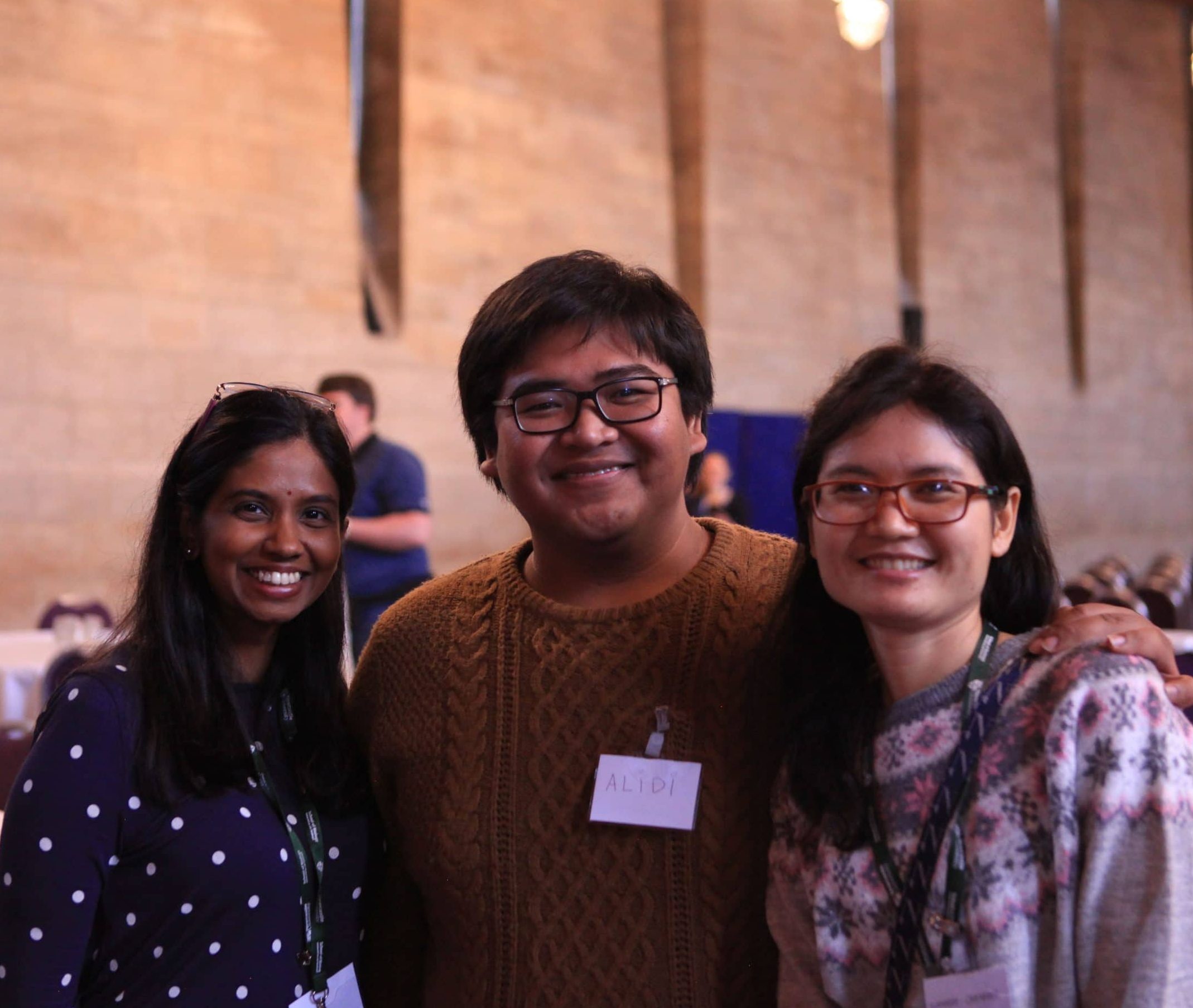
by Joseph Smith
How does the human brain work?
This question has fascinated and baffled scientists for centuries and, unsurprisingly, has led to a myriad of equally complex questions. In order to elucidate how the human brain works, it is crucial that we first understand the physiological processes that underlie its function, at a cellular level. Despite decades under intense scientific scrutiny little progress has been made in characterising the different subtypes of neuron, the cells responsible for neurological signaling, present in the human brain. However, by using advanced sequencing methodologies, neuroscientists are starting to unravel this diverse and tangled network. A small but significant piece of this puzzle has been solved with the discovery of a new neuron, the rosehip cell.
The rosehip cell
Recently, an international team of researchers combined physiological and transcriptomic analyses with the view of characterising the different cells present in the human brain. Firstly, tissue was collected from two donated human brains that had been cryogenically preserved. Individual nuclei were then extracted from neurons within the tissue and their transcriptomes analysed by RNA sequencing. By analysing the transcriptome of a cell you can find out which genes that cell expresses, as although every cell contains the same DNA they do not necessarily utilise all of the genes that their DNA encodes. In total researchers sequenced the transcriptomes of 769 nuclei before grouping them into different subtypes based on the genes that they expressed. Of the 16 subtypes identified, 11 were inhibitory, 1 was excitatory, and 4 were non-neuronal cells.
Concomitantly, researchers analysed the morphology and physiology of live cells using tissue from brain surgery and identified a neuron unlike any that had been previously described. Morphologically, these cells were larger than others and had rosehip-shaped bodies, hence the name. Notably, when researchers compared the expression profile of these cells to the previously identified transcriptomic subtypes, they found a match. Rosehip cells were found to express a number of genes associated with axon growth and synapse function. Moreover, rosehip cells were found to be physiologically distinct, and appear to function as inhibitory neurons that control transmission of information between different areas of the brain. Amazingly, when researchers compared the transcriptomic profile of rosehip cells to that of neurons found in mice they were unable to find any cells resembling the newly identified subtype. These data suggest that the rosehip cell is unique to humans.
What are the implications?
This study highlights the power of combining morphophysiological and transcriptomic analyses and identifies a new neuron with distinct properties. Furthermore, the rosehip cell is likely unique to humans; this is particularly important as, due to a lack of available human samples, the majority of studies into neuron function use mice as a model system. Fortunately, transcriptomics can be applied to tissue that has been cryogenically preserved. By continuing to characterise neurons in this way researchers may eventually be able to compare all of the different neuronal subtypes in the human brain and in doing so better understand network function pathology.
In answer to the question “how does the human brain work?” the most accurate answer is probably, “we’re working on it!”.
Want to learn more? This post was based on the Nature Neuroscience paper by Boldog and colleagues found here.
